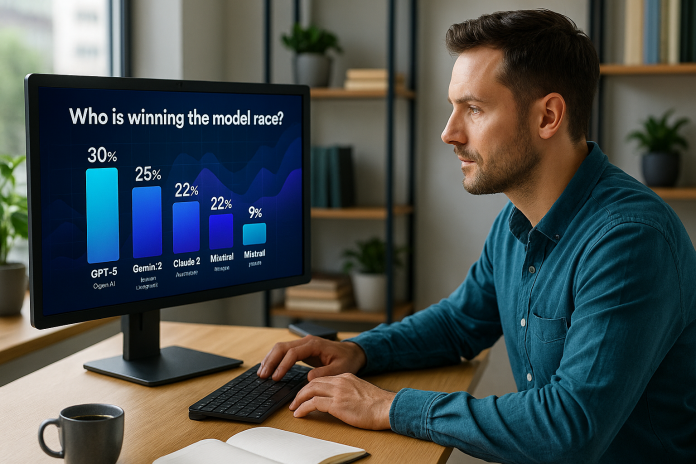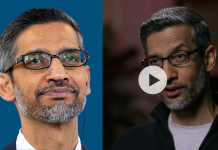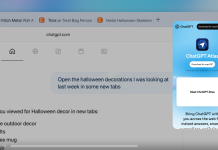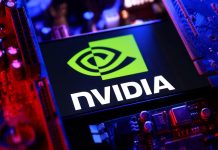Think of AI models like car engines. Some are racing monsters, others are reliable daily drivers. Right now, a few models are pulling ahead on speed and features, but many are catching up quickly. Let’s break down who leads today, who’s rising, and what this means for you.
The Playing Field: What “Winning” Looks Like
Winning isn’t just about being the biggest model. Here’s what matters:
- Accuracy and reasoning: How well can the model answer complex questions or think through problems?
- Speed and responsiveness: How fast does it reply, and how much delay is there for big tasks?
- Cost and access: How much does it cost to use it? Can smaller teams get access?
- Deployment options: Can you run it locally (on your own servers or devices) or only via cloud?
- Safety and trust: How well does it avoid mistakes or harmful content?
Leading Models Today
Here are some of the models making waves right now:
OpenAI / GPT-5 Family
OpenAI’s GPT-5 is setting new benchmarks for reasoning across text, images, and code. It’s currently one of the go-to models for businesses needing high performance. It’s strong in language, coding, math, creative tasks, and using tools. The company positions it as a generalist model for many use cases.
Google / DeepMind’s Gemini Line
Google’s Gemini 2.0 / Gemini 2.5 models are tough competitors. They focus on long context (dealing with more text or images in one go), fast responses, and multimodal input (text + images). Google is also integrating Gemini into tools you might already use, which gives it an edge in ecosystem adoption.
Anthropic’s Claude 3.5 / Sonnet
Anthropic continues pushing model safety, robustness, and chain-of-thought reasoning. Claude 3.5 Sonnet has shown strong performance on coding and reasoning tests, especially when you combine it with tools or agents (i.e., letting the model call external APIs). Many teams use Claude in safety-conscious applications.
Meta / Llama 3.x
Meta’s Llama 3.x line is one of the strongest open-weight families available. Because its weights are more accessible, many developers use it for internal projects, fine-tuning, or hybrid deployment (a mix of cloud + local deployment). Meta is pushing it to be more capable while keeping access open.
The Gap Is Narrowing
Ten years ago, only one or two models could do advanced reasoning. Now dozens approach “good enough” performance. According to recent AI Index data:
- Performance gaps between top models and the next tier have shrunk significantly.
- Smaller teams can now access models close in quality to the best, especially when customizing or fine-tuning.
- Compute growth is faster than ever, letting more organizations train or run powerful models.
So “winning” is no longer about being miles ahead – it’s about being efficient, reliable, adaptable, and accessible.
What This Means for You (When Picking a Model)
When choosing a model for your project or business, here are tips:
- Run tests on your actual tasks. Don’t trust benchmark scores alone. Try the prompts, data, and use cases you care about.
- Weigh cost vs benefit. If GPT-5 is a little better but costs triple, maybe a cheaper model that’s “good enough” is better.
- Consider on-device / open deployment needs. If you have privacy concerns or want offline use, open models like Llama are powerful contenders.
- Watch safety and alignment. The best model in a vacuum may fail in real world use (bias, hallucinations, inconsistency).
- Design to swap. Build your code so you can change models later rather than lock in early.
Final Thoughts
There is no single permanent champion in the model race. GPT-5 may lead today, Gemini or Claude may catch up or leap ahead in a few months, and open models like Llama are closing gaps faster than ever. The real winners will be the product teams and developers who pick models wisely, adapt quickly, and balance quality, cost, and trust.











